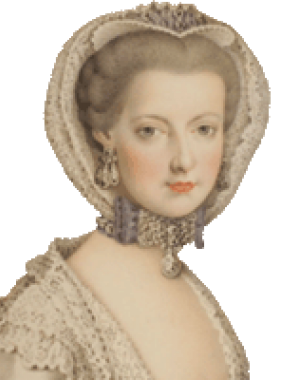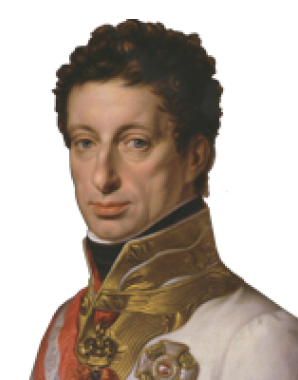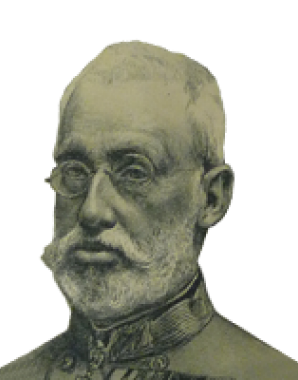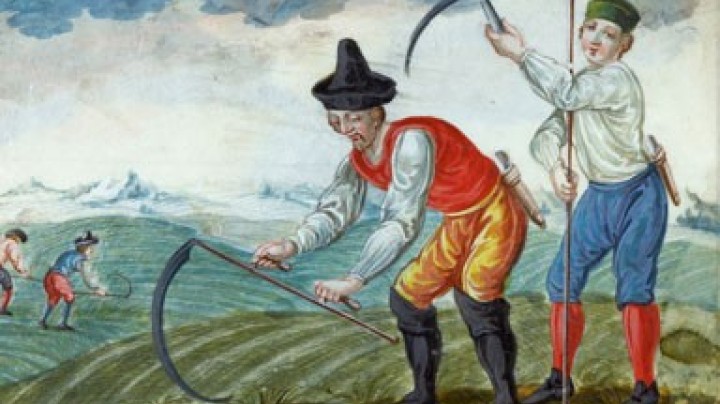Habsburg and Co. Ltd. – Habsburgs as industrialists
To put it very simply you could say that there were not only emperors and kings among the Habsburgs but also coal barons and captains of industry. The Albertina Palace, home to the now world-famous Collection of Prints and Drawings, is still a reminder of a collateral branch of the House of Habsburg whose members collected not only art but also shares.
It all began with a love match: in 1766 Marie Christine, Maria Theresa’s favourite daughter, had succeeded in pushing through her marriage to the penniless Albert Kasimir of Saxony. The young couple were granted extensive estates in Hungary and Slavonia from the legacy left by Franz Stephan, Maria Theresa’s consort. The conferment of the royal fief of the Duchy of Teschen meant that Albert could style himself ‘of Saxony-Teschen’. The Duchy lay in the small part of Silesia that was left under Habsburg rule after the wars with Frederick the Great of Prussia. Albert invested very successfully not only in his magnificent palace in Vienna and his art collection but also in starting the industrialization of his estates in Teschen (Tesín), where extensive deposits of coal and ore were discovered.
This process was continued by Albert’s successor in Teschen, Archduke Carl, who had been adopted by Albert and Marie Christine as they had no children of their own and who achieved a certain amount of fame as a commander in the wars against Napoleon. Carl earned himself laurels not only as a military commander but also as an industrial pioneer: in 1839 he established the steelworks in Třinec to the south-east of Teschen and held a profitable stake in the development of the mining and industrial area around Ostrava in the north of Moravia and Silesia, which was connected to the capital Vienna by the construction of the Emperor Ferdinand Northern Railway under the management of the Rothschild banking dynasty. This represented the foundation stone for one of the most important regions for heavy industry in the Monarchy.
Carl’s son and heir, Archduke Albrecht, known as the éminence grise behind Franz Joseph, owed his self-confident behaviour on the political stage not least to his financial independence, since his personal fortune far exceeded that of the Emperor. Albrecht also died childless, and so the line was continued by his nephew Archduke Friedrich. Around 1900 his fields of activity included not only coal and ore mining and smelting but also the food industry. Friedrich built up nothing less than a milk empire. His dairies and cheese factories dominated the Austrian market.


















